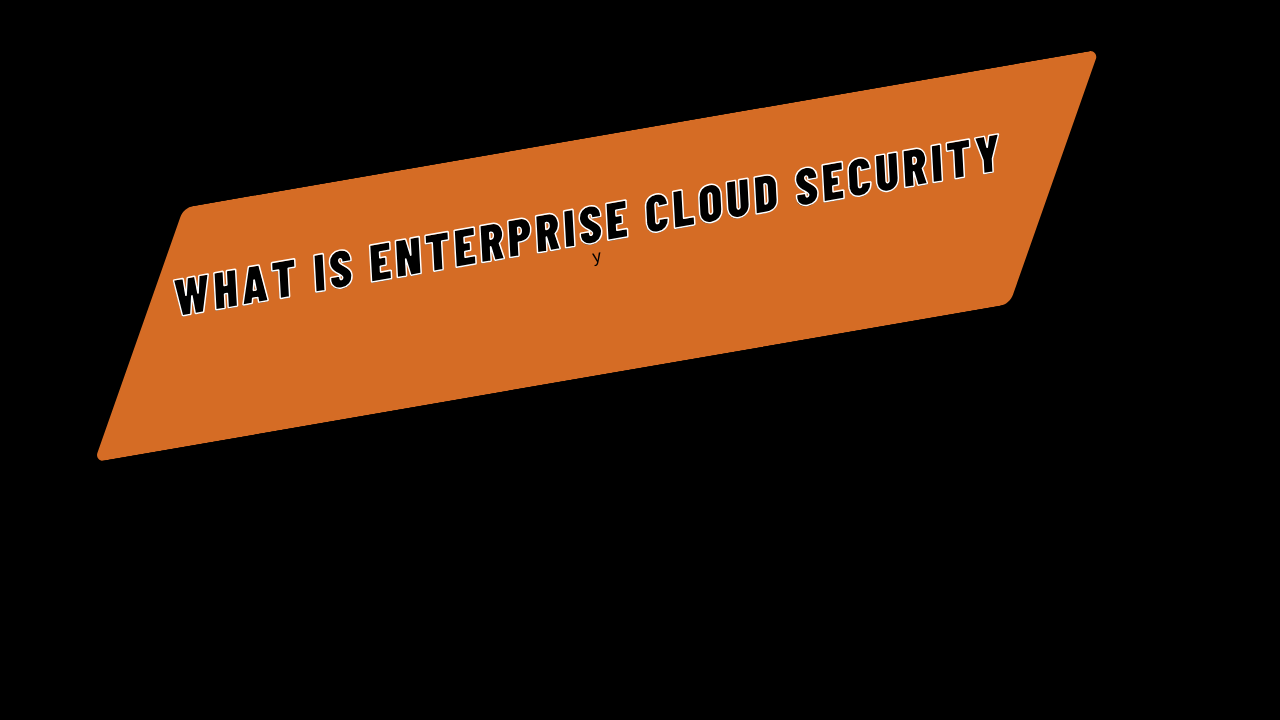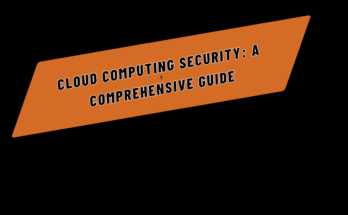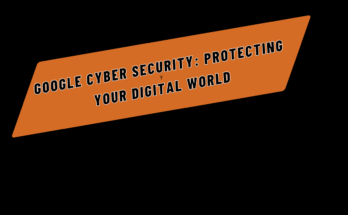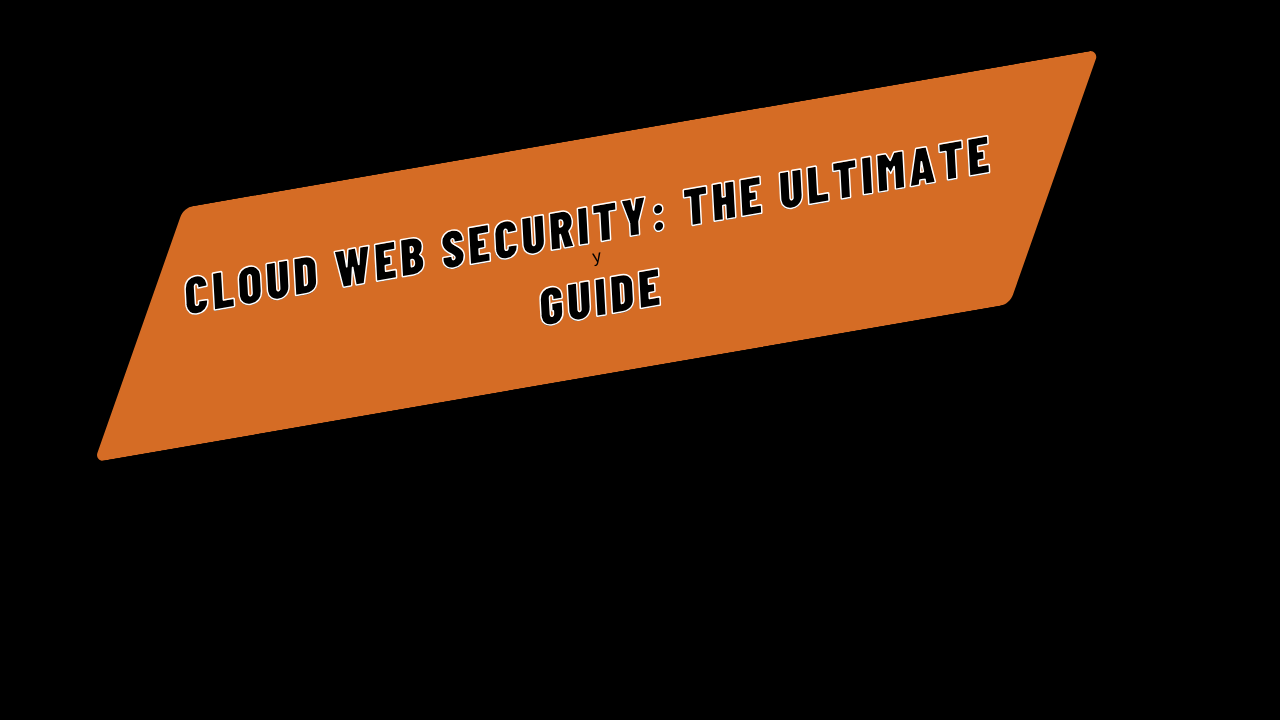Introduction
Definition of Enterprise Cloud Security
Enterprise cloud security encompasses the measures and protocols put in place to protect cloud-based systems, applications, and data. As enterprises increasingly move their operations to the cloud, ensuring robust security becomes paramount.
Importance of Cloud Security in Modern Enterprises
The cloud offers scalability, flexibility, and cost savings, but it also introduces new security challenges. Protecting sensitive data, maintaining compliance with regulations, and safeguarding against cyber threats are crucial for any enterprise leveraging cloud technology.
Overview of Cloud Security Challenges
Enterprises face various security challenges in the cloud, including data breaches, compliance issues, and evolving cyber threats. Understanding these challenges is the first step in building a secure cloud environment.
Types and Categories
Public Cloud Security
Public cloud environments, such as AWS, Azure, and Google Cloud, provide scalable resources but require robust security measures. Shared infrastructure can increase risk, necessitating strict access controls and data encryption.
Private Cloud Security
Private clouds offer dedicated resources, enhancing security and control. However, they still require rigorous security protocols to protect against internal and external threats.
Hybrid Cloud Security
Hybrid clouds combine public and private clouds, providing flexibility and scalability. Security strategies must address data transfers and integration points between the two environments.
Multi-Cloud Security
Multi-cloud strategies involve using multiple cloud providers to avoid vendor lock-in and improve resilience. Ensuring consistent security across different platforms is a major challenge.
Key Concepts
Shared Responsibility Model
The shared responsibility model delineates the security obligations of cloud providers and customers. Providers manage the infrastructure, while customers secure their data and applications.
Zero Trust Security Model
Zero Trust is a security framework that assumes no implicit trust, verifying every user and device attempting to access resources. This model is crucial for protecting cloud environments from internal and external threats.
Data Encryption and Protection
Encrypting data both at rest and in transit is vital for protecting sensitive information in the cloud. Enterprises must implement strong encryption protocols and key management practices.
Identity and Access Management (IAM)
IAM solutions control access to cloud resources, ensuring that only authorized users can access sensitive data. Implementing robust IAM policies is essential for cloud security.
Security Information and Event Management (SIEM)
SIEM systems collect and analyze security data from various sources, helping enterprises detect and respond to threats in real-time. Effective SIEM implementation is key to cloud security.
Compliance and Regulatory Requirements
Enterprises must comply with various regulations and standards, such as GDPR, HIPAA, and PCI DSS. Understanding and meeting these requirements is critical for cloud security.
Common Threats and Vulnerabilities
Data Breaches
Data breaches are one of the most significant threats to cloud security. Protecting data from unauthorized access requires strong encryption, access controls, and monitoring.
Insider Threats
Insider threats, whether malicious or accidental, can cause significant damage. Implementing strict access controls and monitoring employee activity is crucial for mitigating these risks.
Malware and Ransomware
Malware and ransomware attacks can disrupt operations and lead to data loss. Regular updates, endpoint protection, and employee training are essential defenses against these threats.
Denial of Service (DoS) Attacks
DoS attacks can overwhelm cloud resources, causing service disruptions. Implementing robust network security measures and monitoring traffic can help prevent these attacks.
Advanced Persistent Threats (APT)
APTs involve prolonged and targeted cyber-attacks aimed at stealing data or disrupting operations. Continuous monitoring and threat intelligence are key to defending against APTs.
Account Hijacking
Account hijacking occurs when attackers gain unauthorized access to cloud accounts. Implementing multi-factor authentication (MFA) and monitoring account activity are effective countermeasures.
Risk Assessment and Management
Conducting a Risk Assessment
Regular risk assessments help identify vulnerabilities and prioritize security measures. Enterprises should conduct thorough assessments to understand their cloud security posture.
Identifying Critical Assets
Identifying and prioritizing critical assets ensures that the most important resources receive the highest level of protection. This includes data, applications, and infrastructure.
Risk Mitigation Strategies
Risk mitigation involves implementing measures to reduce the impact of identified risks. This can include encryption, access controls, and regular security audits.
Continuous Monitoring and Management
Continuous monitoring helps detect and respond to security incidents in real-time. Implementing automated monitoring tools and processes is essential for effective cloud security.
Incident Response Planning
Having a well-defined incident response plan ensures that enterprises can quickly and effectively respond to security incidents. This includes identifying roles, responsibilities, and communication protocols.
Security Best Practices
Data Encryption
Encrypting data at rest and in transit protects it from unauthorized access. Enterprises should use strong encryption algorithms and manage encryption keys securely.
Regular Security Audits
Regular security audits help identify vulnerabilities and ensure compliance with security policies. Conducting audits periodically is essential for maintaining a secure cloud environment.
Employee Training and Awareness
Employee training programs can help prevent security breaches caused by human error. Regular training and awareness campaigns are crucial for maintaining a security-conscious workforce.
Secure Access Controls
Implementing secure access controls, such as MFA and role-based access control (RBAC), helps ensure that only authorized users can access sensitive data and resources.
Automated Threat Detection
Automating threat detection processes can help identify and respond to security incidents more quickly. Implementing advanced threat detection tools and techniques is essential for cloud security.
Tools and Technologies
Cloud Access Security Brokers (CASBs)
CASBs provide visibility and control over cloud applications, helping enterprises enforce security policies and protect data. They are essential for securing multi-cloud environments.
Firewalls and Intrusion Detection Systems (IDS)
Firewalls and IDS protect cloud environments from unauthorized access and malicious activity. Implementing these tools is critical for maintaining a secure cloud infrastructure.
Endpoint Security Solutions
Endpoint security solutions protect devices connected to the cloud from malware and other threats. Enterprises should implement comprehensive endpoint security measures.
Security Automation and Orchestration
Automating security processes and workflows can help improve efficiency and reduce the risk of human error. Security orchestration tools are vital for effective cloud security management.
Vulnerability Scanning Tools
Regular vulnerability scanning helps identify and remediate security weaknesses in cloud environments. Using automated scanning tools is essential for maintaining a secure cloud infrastructure.
Compliance and Legal Issues
Understanding GDPR
The General Data Protection Regulation (GDPR) sets stringent requirements for data protection and privacy. Enterprises must comply with GDPR to avoid hefty fines and reputational damage.
HIPAA Compliance
The Health Insurance Portability and Accountability Act (HIPAA) sets standards for protecting sensitive patient data. Compliance with HIPAA is essential for healthcare organizations using cloud services.
PCI DSS Standards
The Payment Card Industry Data Security Standard (PCI DSS) sets requirements for protecting payment card information. Enterprises processing payments in the cloud must comply with PCI DSS.
FISMA and FedRAMP
The Federal Information Security Management Act (FISMA) and the Federal Risk and Authorization Management Program (FedRAMP) set standards for securing federal information systems. Compliance is mandatory for federal agencies and their contractors.
Case Studies
Major Cloud Security Breaches
Analyzing major cloud security breaches can provide valuable lessons for improving security. Case studies highlight common vulnerabilities and effective response strategies.
Successful Security Implementations
Examining successful security implementations can offer insights into best practices and effective strategies. Case studies showcase how enterprises have successfully secured their cloud environments.



